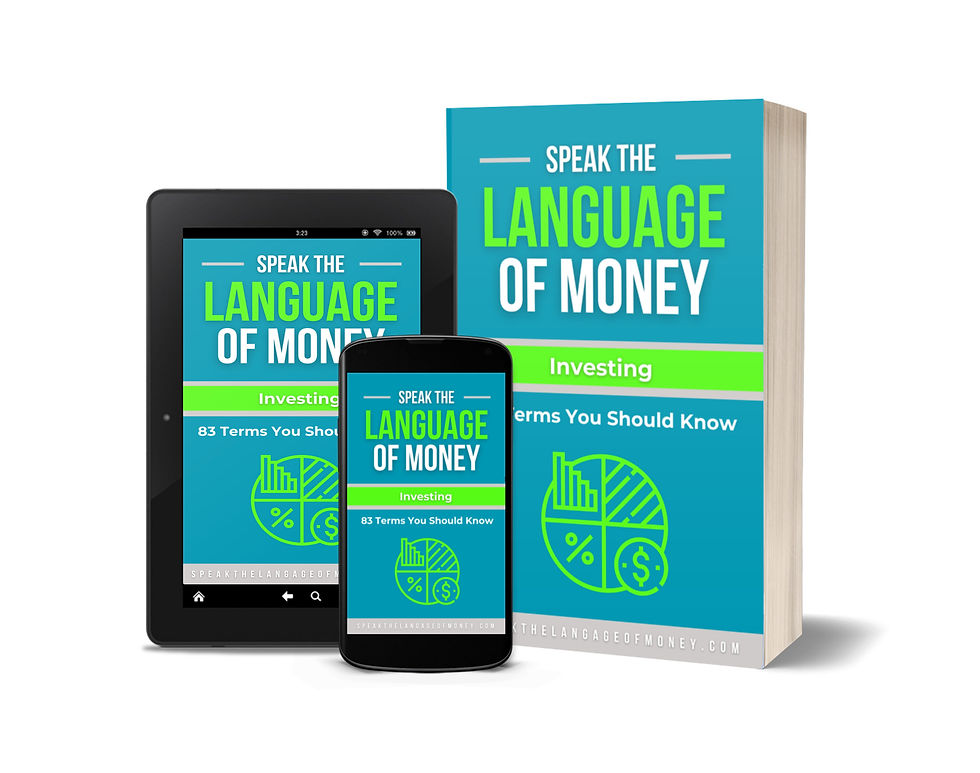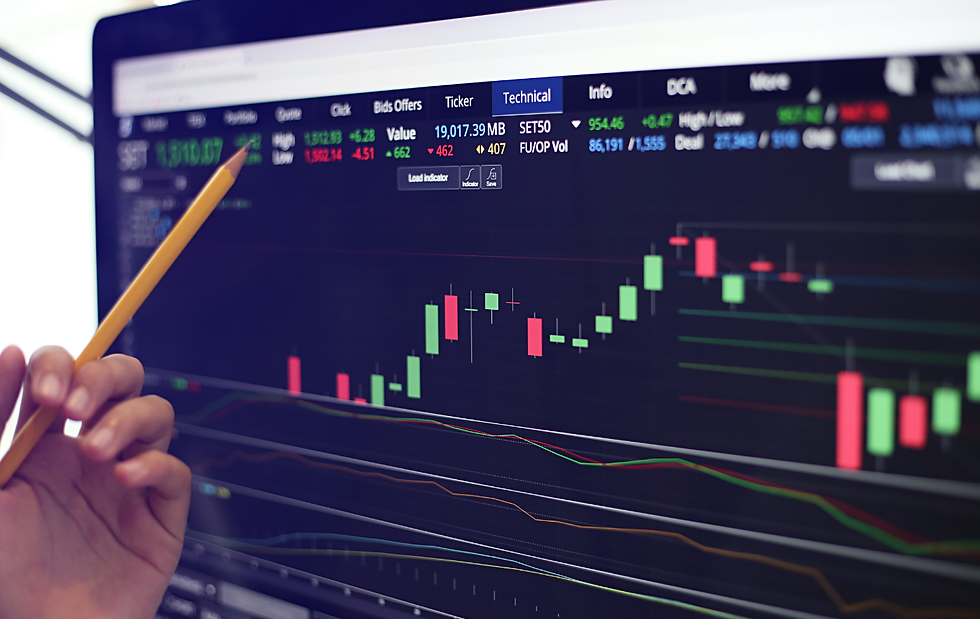Financial Word of the Day: Market Depth
- Larry Jones

- Sep 5, 2025
- 2 min read
Updated: Sep 24, 2025

Definition of Market Depth
Market depth shows how much real buying and selling interest exists at different prices for a stock, ETF, or crypto. It’s the stack of limit orders waiting in line—how many shares are bid below the current price and how many are offered above it. Deeper markets = more shares at many price levels = easier to trade without moving the price.
Why Market Depth Matters (a lot)
Slippage control: In a deep market, your order fills near the price you expect. In a thin market, your order can “walk the book” and get worse prices.
Trade sizing: Depth helps you choose an order size that won’t splash the pool.
Signal, not gospel: Big walls of bids/offers can hint at short-term support/resistance—but they can also vanish (orders can be canceled).
Everyday Example
You want to buy 2,000 shares at $10.00.
If the order book shows 50,000 shares for sale between $10.00 and $10.05, your order likely fills around $10.00 with minimal slippage.
If there are only 800 shares at $10.00 and 300 at $10.01, the rest may fill at higher prices—$10.02, $10.03—raising your average cost. Thin depth = price creep.
How to See It
Level I quotes show best bid/ask only.
Level II (a.k.a. the “book”) shows multiple price levels and sizes on both sides. Many broker apps provide limited Level II; full depth may require a data add-on.
Order book/DOM (Depth of Market) visuals display stacked bars—more bars = deeper liquidity.
Smart Ways to Use Market Depth
Stage large orders: Break a 5,000-share order into smaller chunks or use an iceberg (only part of your order shows at once).
Use limits, not market orders: Set your max buy/min sell to cap slippage.
Trade when depth is healthiest: Typically around the U.S. open (first hour) and into the close (last hour) for stocks; midday can be thinner.
Respect “air pockets”: Gaps between price levels mean if price jumps, there’s not much to catch it—great when it moves your way, painful when it doesn’t.
Watch-Outs
Spoofing/phantoms: Some displayed size disappears the moment price approaches. Don’t bet the farm on one big “wall.”
News and small caps: Headlines can evaporate depth; small caps often look deep until a single large order clears the ladder.
Quick Math: Estimating Slippage
If you’re buying 1,000 shares and the next 1,000 shares of offers average $10.03 while the current ask is $10.00, expect roughly $0.03 slippage per share, or $30 total—unless new sellers step in.
Related Terms
Liquidity (how easily you can trade), Bid-Ask Spread (gap between best buyer and seller), Order Book/DOM, Limit Order, Iceberg Order.
Bottom Line
Price is the headline; depth is the story. Before you hit “buy” or “sell,” peek at the ladder. If it’s deep, you can move confidently. If it’s shallow, size down, use limits, and live to trade another day.






Comments